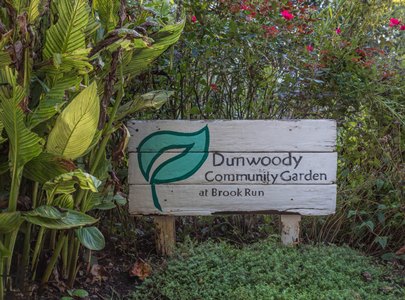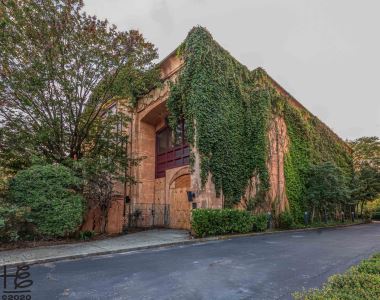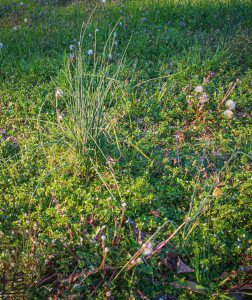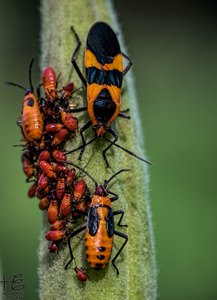Article authored by:
 Holly Elmore - LAI Atlanta Member & LAI Assistant Scribe
Holly Elmore - LAI Atlanta Member & LAI Assistant Scribe
Holly's eclectic career path includes multiple facets ranging from the corporate arena (Arthur Andersen Auditor & Trammell Crow Controller) to the foodservice industry (owner of a corporate catering business & restaurants) to sustainability-industry leader (Zero Waste Zones & Elemental Impact Founder). In addition, Holly is an avid nature & documentary photographer and respected journalist with prominent articles and photographs featured in national publications.
When urban land is rewilded using applicable regenerative agriculture practices, the surrounding community benefits trifold: 1> restoration of vibrant soil ecosystems, 2> drawdown of carbon from the atmosphere into the soils via plant photosynthesis and 3> establishment of food-secure neighborhoods within a community. Rewilded land naturally creates Urban Carbon Sinks and are a solution to the building crisis of diminishing atmospheric oxygen and food.
The Regeneration in ACTION article, Urban Carbon Sinks: rewilding urban landscapes, substantiates the building crisis of diminishing atmospheric oxygen and food, explains the Holocene Extinction (sixth mass extinction,) defines Urban Carbon Sinks, and introduces the Insect Apocalypse and its devastating implications.
According to Doug Tallamay’s Nature's Best Hope, a new approach to conversation that starts in your backyard, there are 599-million acres available in the nation via public utility and transportation ROWs (right-of-way,) golf courses, airport grounds, residential developments, and urban centers available for potential rewilding. Additionally, there are more than 40 million acres of lawn nationwide.
Rewilding urban landscapes is a simple, inexpensive solution available to individuals, governments, educational institutions, and the business community to facilitate carbon drawdown and lower carbon footprints. Native plants evolved to thrive on rainwater and significantly reduce irrigation and overall grounds-maintenance expenses. Additionally, rewilding urban landscapes may avert the diminishing food- and oxygen-supply crisis.
Article Link: https://bit.ly/3qshmpD
|
Dunwoody Community Garden |
Closed Cheesecake Factory |
|
Rewilded vacant lot |
Milkweed Beetles |
Photo credit: Holly Elmore Images





